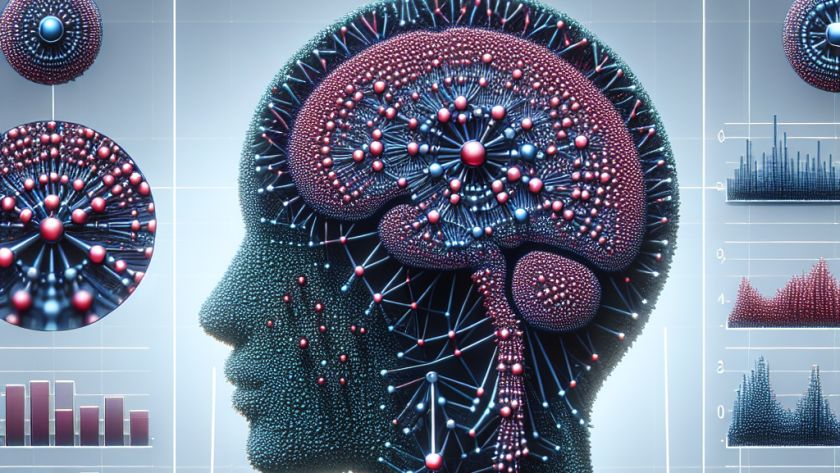Microsoft has launched a comprehensive AI learning journey designed to cater to various roles within an organization, from executives to developers. The four-stage program is aimed at equipping firms with the skills to integrate AI into their business operations, thereby enhancing productivity, innovation, and business transformation.
The first stage, 'Understanding AI', builds a foundational knowledge of…












